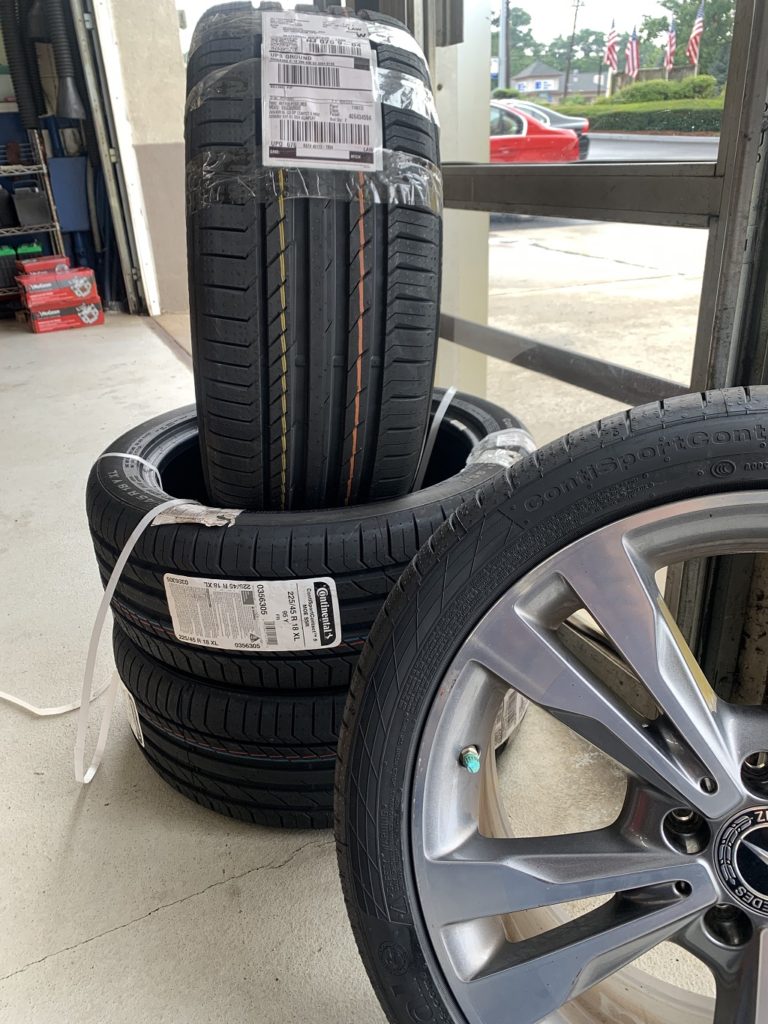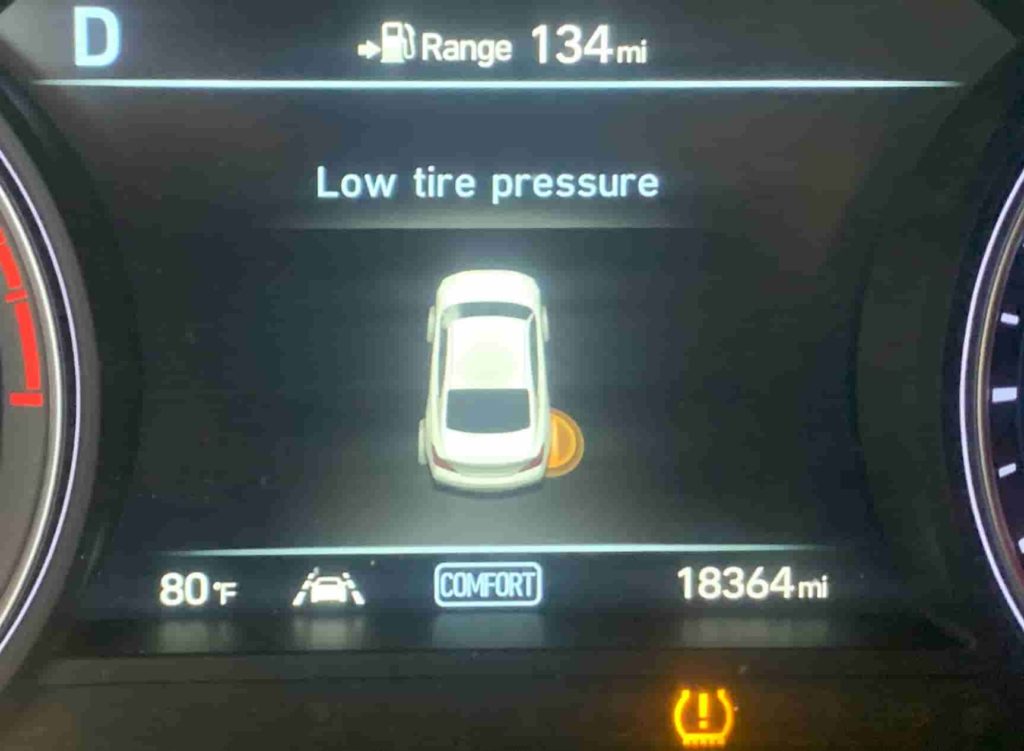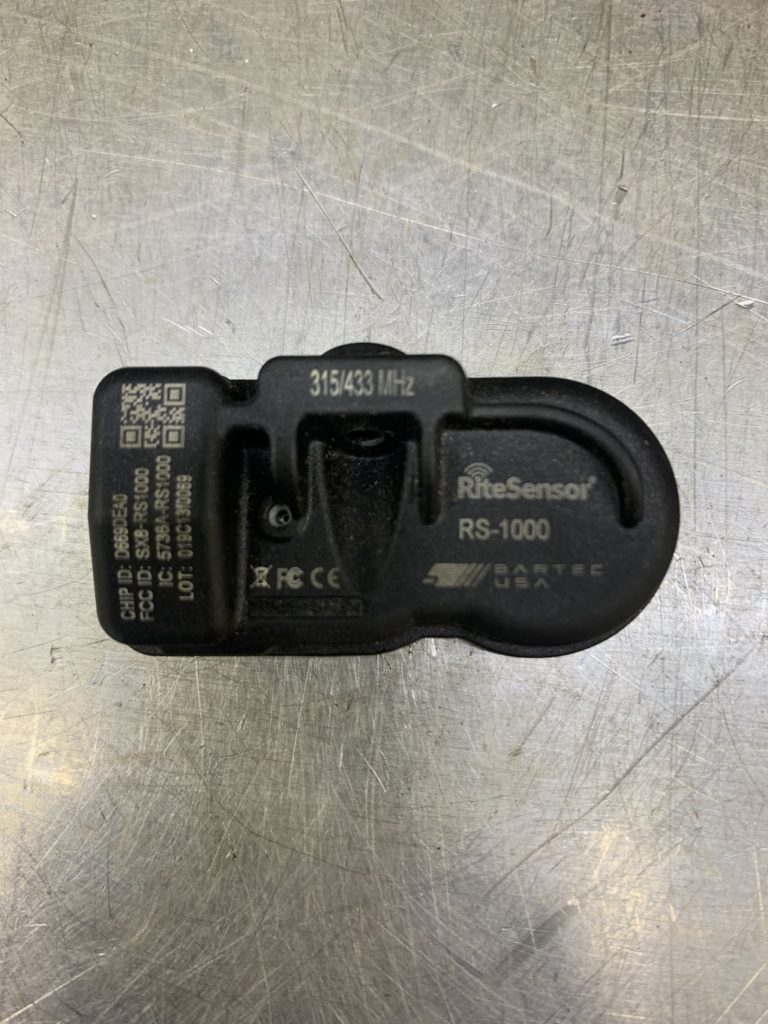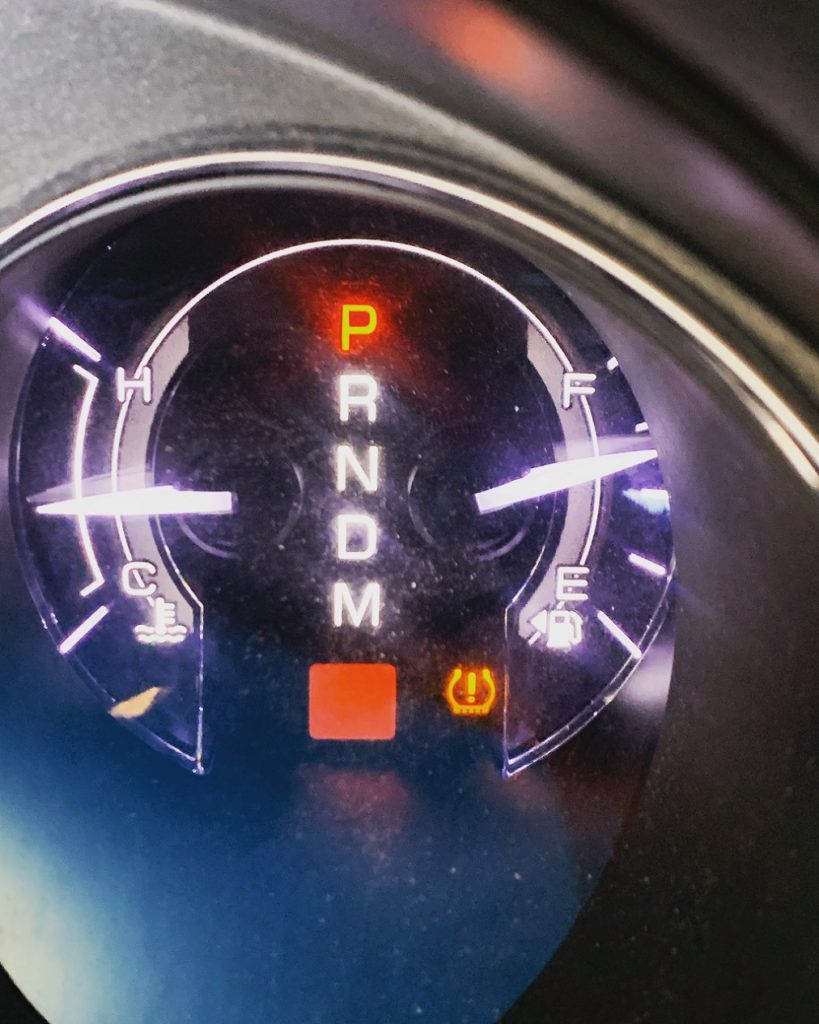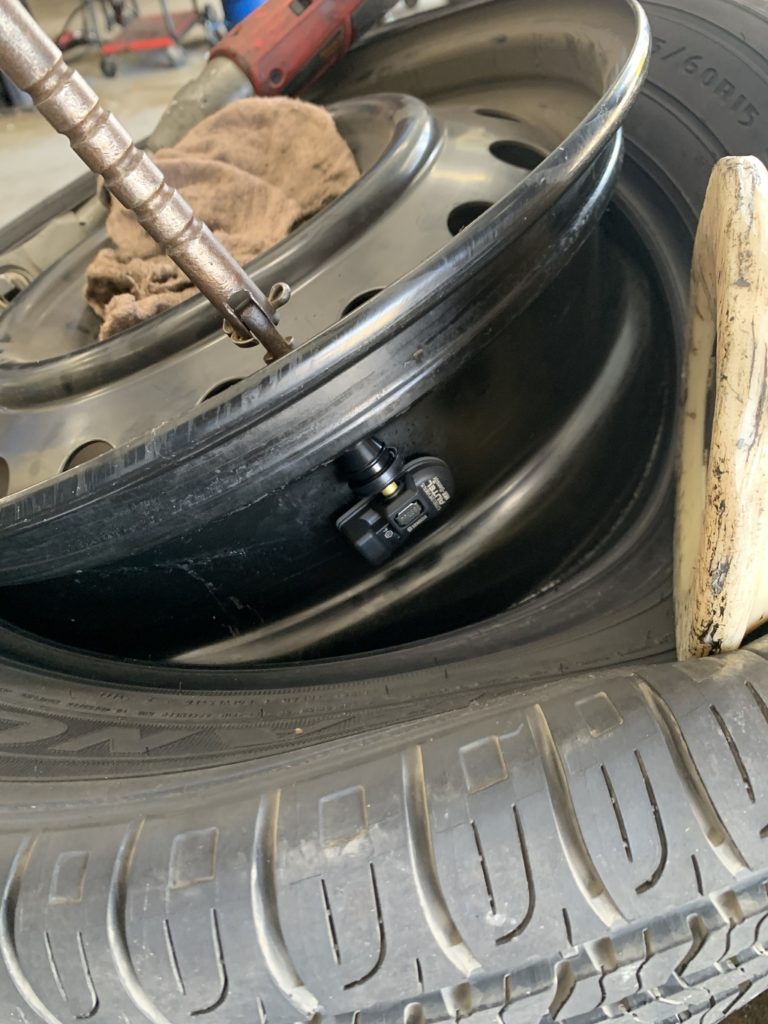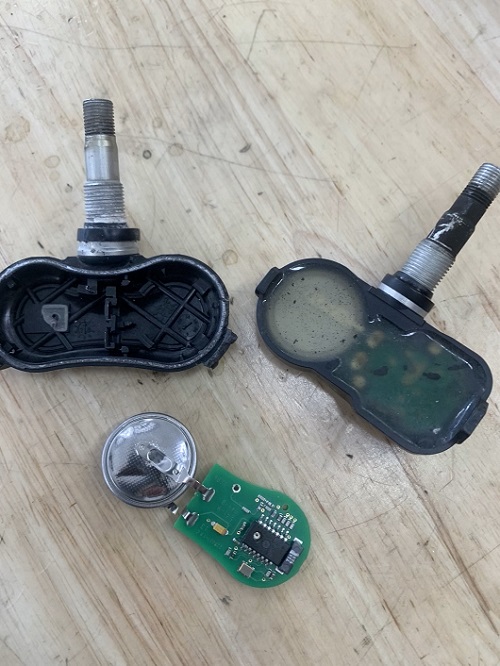tpms
Every car built since 2008 has a TPMS (Tire Pressure Monitoring System) sensor system that helps to monitor the air pressure in each tire. The sensors are usually located on the inside of the tires, and they send information about the air pressure to a central monitoring unit. This unit then displays the pressure readings for each tire on your dashboard. If there is a problem with any of the tires, the system will warn you so that you can take action to fix it.
TPMS sensors help to keep you safe on the road by making sure that your tires are properly inflated. This is important because under-inflated tires can lead to blowouts, and over-inflated tires can make your car less stable and more difficult to control. By keeping an eye on your tire pressure, TPMS sensors can help you avoid these problems.
what are tpms sensors?
TPMS sensors are devices that are fitted to vehicle tires to monitor tire pressure. The sensors transmit data to a receiving unit, which then displays the information on a dashboard display. The data transmitted by the sensor can be used to warn the driver of a low tire pressure condition, or it can be used by the vehicle itself to adjust tire inflation levels. There are two main types of TPMS sensors: wheel-mounted and tire-mounted. Wheel-mounted sensors are mounted on the wheel rim and measure tire pressure indirectly. Tire-mounted sensors, on the other hand, are mounted on the valve stem of the tire and measure tire pressure directly. Both types of sensors have their own advantages and disadvantages. Wheel-mounted sensors are less expensive to install, but they can be more prone to false readings due to factors such as curvature of the wheel rim. Tire-mounted sensors, on the other hand, are more accurate but they are also more expensive to install.
how do tpms sensors work?
TPMS sensors are used to monitor the air pressure in a vehicle’s tires. The sensors are located in the wheels and measure the pressure using a pressure-sensitive switch. When the pressure in a tire drops below a certain threshold, the sensor sends a signal to the TPMS system, which then alerts the driver. There are two types of TPMS systems: direct and indirect. Direct TPMS sensors measure the pressure directly, while indirect TPMS sensors use wheel speed to estimate the pressure. Both types of systems have their advantages and disadvantages, but direct TPMS is generally more accurate.
direct Vs. Indirect sensors
Most modern cars are equipped with tire pressure sensors, also known as TPMS. These sensors help to monitor the pressure in your tires and can provide early warning of a potential problem. There are two main types of TPMS: direct and indirect. Direct TPMS uses sensors that are mounted inside the tire itself. These sensors are able to take accurate readings of tire pressure and can transmit this information wirelessly to the car’s computer system. Indirect TPMS, on the other hand, uses sensors that are mounted on the wheel. These sensors measure the rotational speed of the wheels and use this information to calculate tire pressure. While indirect TPMS is not as accurate as direct TPMS, it is less expensive and easier to install.
the benefits of tpms sensors
Tire pressure sensors (TPMS) are devices that monitor the air pressure in a vehicle’s tires. They are typically installed in the wheels, and they use battery-powered transmitters to send data to a receiver in the vehicle. The receiver then displays the information on a dash-mounted display. TPMS can provide a number of benefits, including improved fuel economy, increased safety, and reduced wear and tear on tires.
One of the most significant benefits of TPMS is improved fuel economy. Under-inflated tires can cause a vehicle to consume more fuel, as they require more energy to rotate. By maintaining proper tire pressure, TPMS can help to improve fuel economy by up to 3%. In addition, TPMS can help to reduce wear and tear on tires. Over-inflated or under-inflated tires can both cause premature tread wear. By ensuring that tires are properly inflated, TPMS can help to extend their lifespan.
TPMS can also improve safety by providing real-time information on tire pressure. This information can be used to identify potential problems before they become serious. For example, if a tire is losing pressure rapidly, it may be developing a leak. By catching this problem
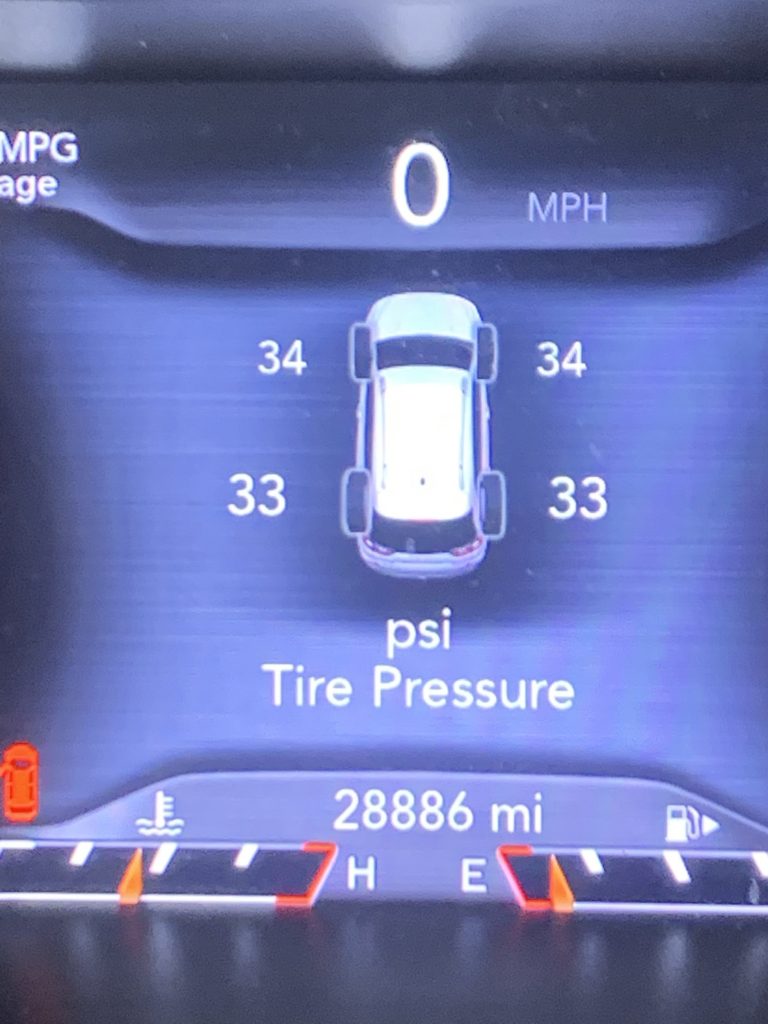
the different types of tpms sensors available
There are a few different types of tpms sensors, each with their own strengths and weaknesses. The most common type is the tire sensor, which is mounted on the inside of the tire. These sensors are relatively accurate, but they can be affected by things like tire wear and can be difficult to install. Another type of tpms sensor is the wheel sensor. These sensors are mounted on the outside of the wheel and are less affected by things like tire wear. However, they can be more difficult to install and are not as accurate as tire sensors. The final type of tpms sensor is the aftermarket tpms sensor. These sensors are not as accurate as other types of tpms sensors, but they are much easier to install.
tips for maintaing your tpms sensor system
Tire pressure sensors are an important part of any TPMS system. These sensors help to monitor the pressure in your tires and provide you with real-time information about your tire pressure. By keeping an eye on your tire pressure, you can help to extend the life of your tires and prevent flat tires. There are a few things you can do to help maintain your tpms system:
– Check your tire pressure regularly. This will help you to identify any potential issues with your tpms system.
– Keep an eye on your dashboard lights. If a light comes on, it may be an indication that there is a problem with your tpms system.
– Have your tpms system serviced regularly by a professional. This will help to ensure that your tpms system is working properly and that all of the sensors are functioning correctly.
